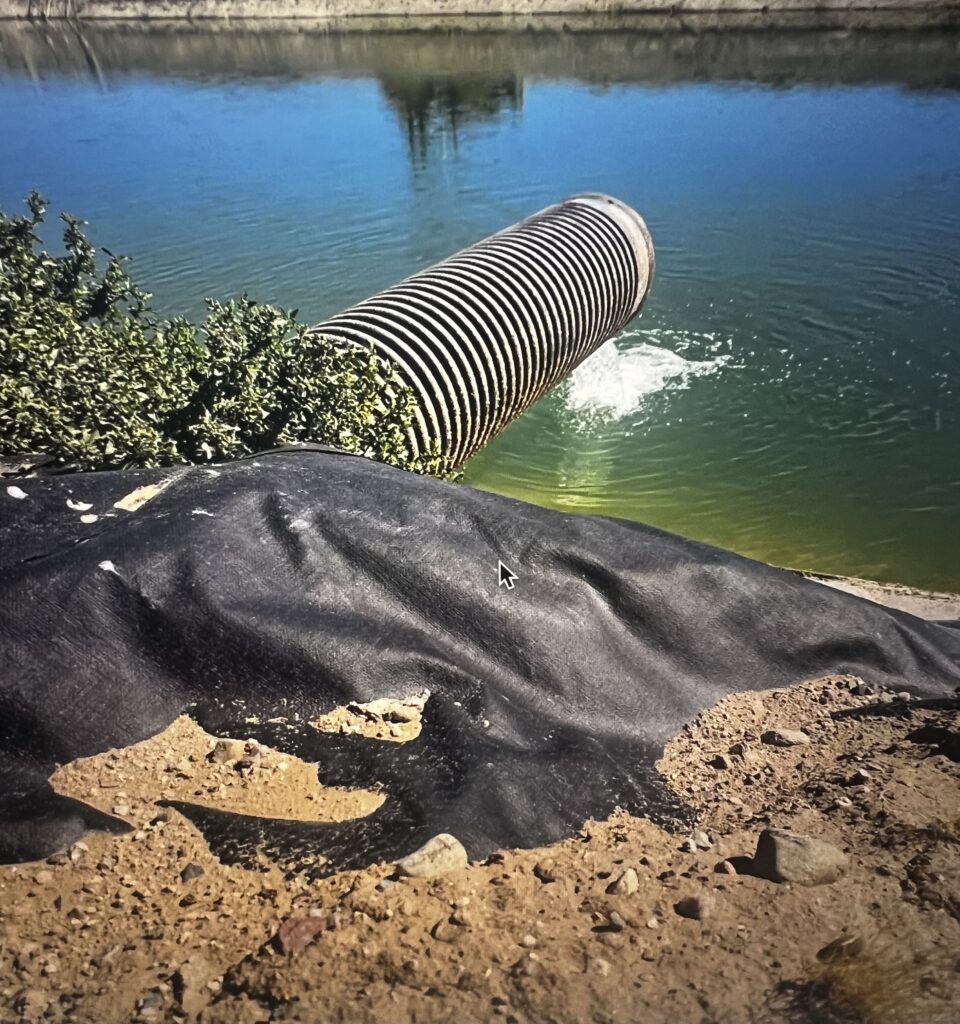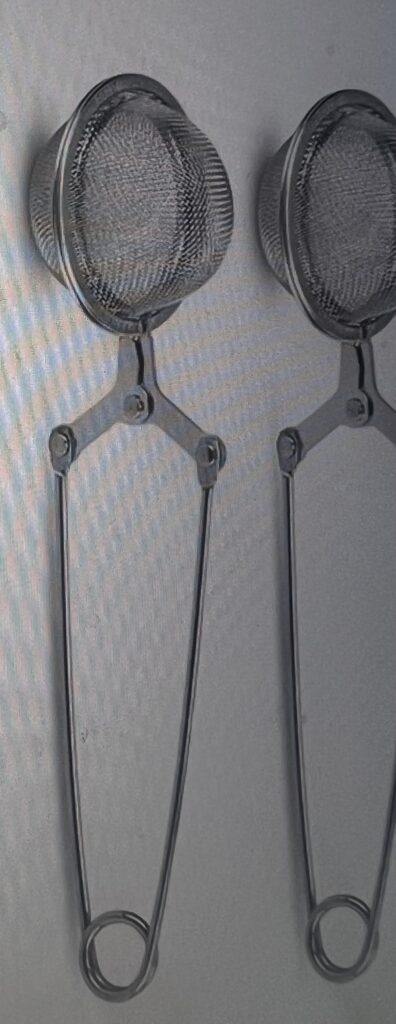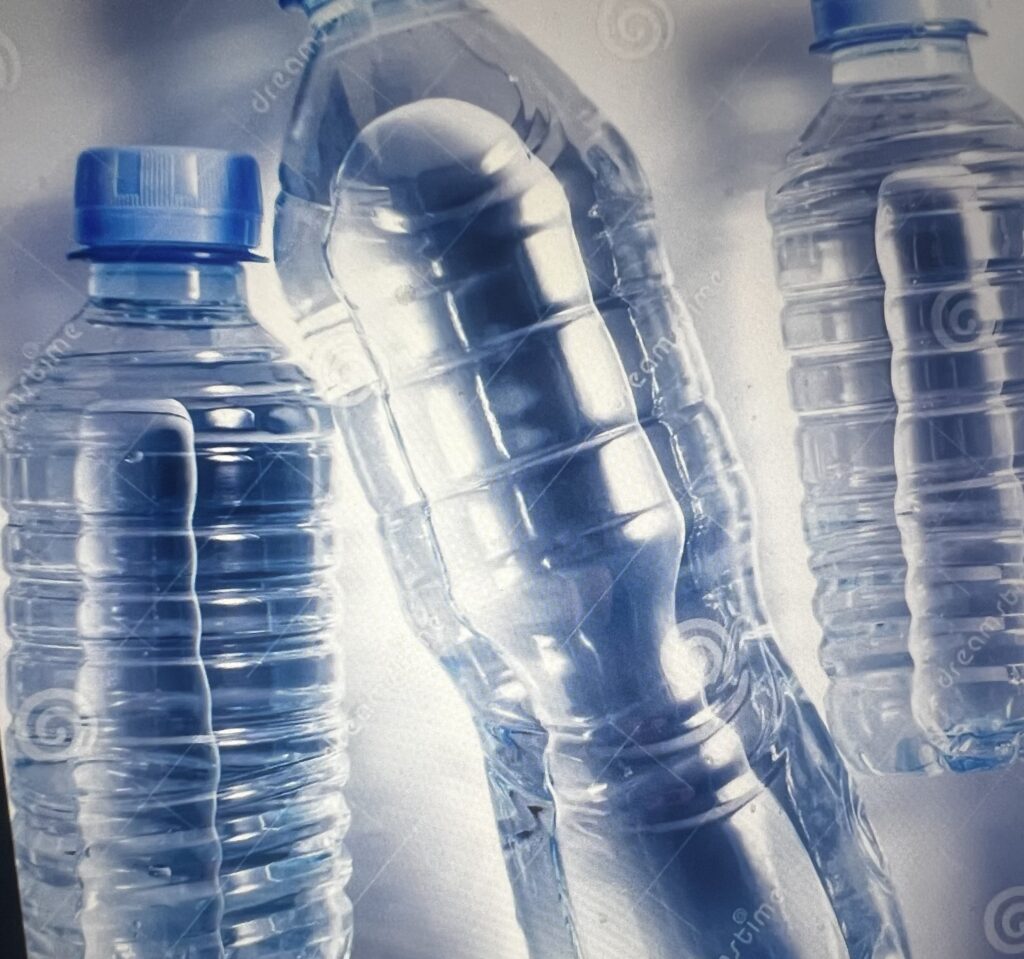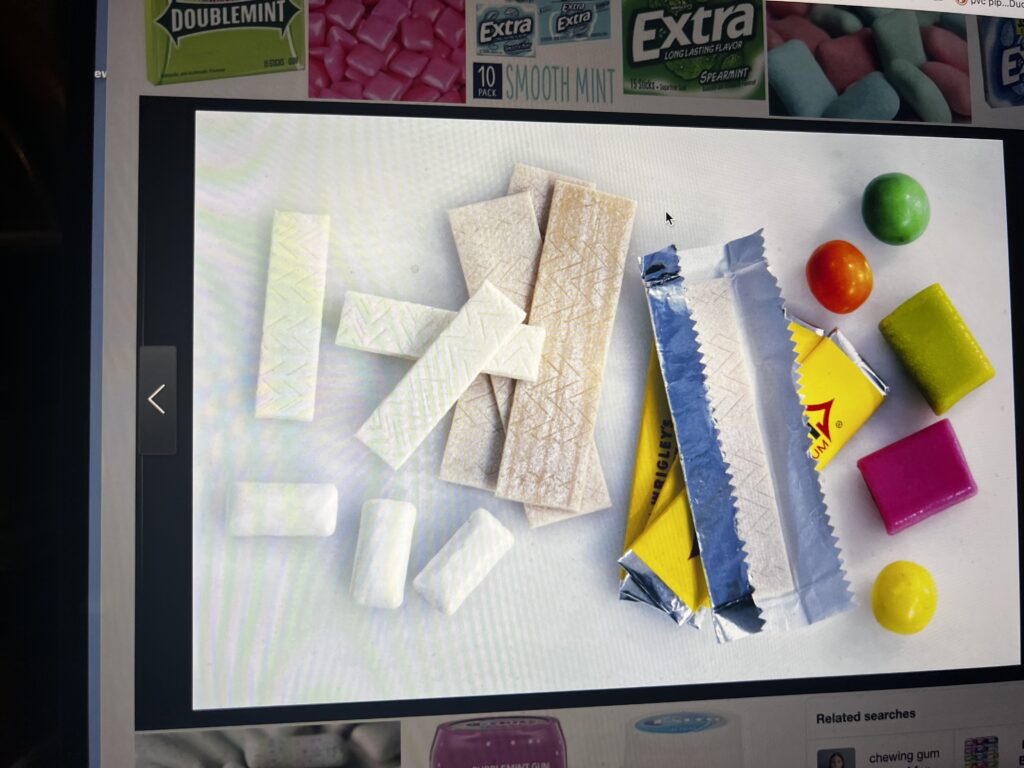Daniel Salzler Watershed Info. No. 1300 EnviroInsight.org Four Items April 4, 2025
If your watershed is doing something you would like others to know about, or you know
of something others can benefit from, let me know and I will place it in this Information .
If you want to be removed from the distribution list, please let me know.
Please note that all meetings listed are open.
Enhance your viewing by downloading the pdf file to view photos, etc.
The attached is all about improving life in the watershed through knowledge.
If you want to be removed from the distribution list,
please let me know. Please note that all meetings listed are open.
Check our website at EnviroInsight.org
1. Arizona Groundwater Protection Bill Advances, But Rural Residents Say It Still Doesn’t Do Enough. Republican state lawmakers advanced an Arizona rural groundwater protection bill in the House on Tuesday, but rural stakeholders say the bill doesn’t do enough.
Groundwater aquifers are running low in rural areas of the state, but Democrats and Republicans haven’t been able to come to an agreement on a conservation plan.
The GOP management plan is in the form of a bill pushed by Senator Tim Dunn (R-Yuma). It advanced out of a House committee on party lines Tuesday, despite the concerns of speakers and several lawmakers.
The main sticking point is the amount of water use the plan would allow. In Dunn’s bill, SB 1520, water users would have to cut up to 10% of their use.
Opponents say that isn’t enough.
A group of rural stakeholders held a hearing protesting the bill before the committee hearing and said the maximum cuts to water use should be 25%.
In January, Democratic Gov. Katie Hobbs announced her own alternativegroundwater protection proposal, which would require even more cuts to water use, but that bill never got a hearing.
Republican Mohave County Supervisor Travis Lingenfelter is frustrated by the lack of compromise, and said the GOP bill in its current formwill get vetoed, like it did last year.
“To just squabble and be so politically divisive on the issue of water; I mean, there’s plenty of things for us to argue and fight about, but you can’t argue about anything if you don’t have water,” Lingenfelter said.
He added that one way he and the other members of his rural stakeholder group might be able to put some pressure on Republican lawmakers is to try and leverage a different water issue known as “ag to urban.”

Like rural groundwater protection areas, the ag-to-urban concept is supported by Republicans and Democrats, but a bipartisan agreement hasn’t come together yet. The proposal would let agricultural entities in protected groundwater areassell their land to housing developers.
Since housing land uses less water than agriculture, it would ideally increase the state’s housing supply while conserving groundwater.
“I would ask the governor’s office to tie the passing of ag-to-urban into law with the passage of something that’s worthwhile and that everybody can live with on rural groundwater,” Lingenfelter said, adding that making it an urban issue might give it more urgency.
“We’ve been trying for decades and really trying with our sleeves rolled up since like 2017, he said. “And it’s like, if it’s a rural issue, our groundwater issues don’t get heard, and we’re tired of that.
Dunn, meanwhile, said he’d like to keep the issues separate “People think they have leverage on a lot of things. … I don’t do leverage like that,” Dunn said.
Another sticking point of Dunn’s bill is the representation of the agriculture industry on rural groundwater management councils. In areas like Mohave County, where there isn’t as big of an agriculture industry, Lingenfelter argues that it’s unnecessary to have multiple agricultural interests on a leadership council managing the aquifer’s water.
Also, there’s disagreement on how many members of rural groundwater councils should live in the areas they represent, whether one person can sit on multiple councils managing different basins, and how those council members are selected.
This is not the end of the negotiation. Dunn said he’s meeting regularly with the governor’s team and is willing to keep workshopping the bill.
Rep. Gail Griffin (R-Hereford) – chair of the House Natural Resources, Energy & Water Committee – said she’s also interested in having more conversations. She called the bill a “work in progress.”
“There seems to be folks on both sides of the situation that says, ‘We’re going to, we’re not doing enough.’ We got to do way more, but we have to at least do something. This is my version of doing something,” Dunn told his colleagues.
He said many people want all the water cutbacks to be imposed on the agriculture industry, but he doesn’t want all the impact on that industry’s shoulders.
Dunn didn’t commit to changing any specific pieces of his bill, but he said everything is on the table.
2. Arizona Loses $190 Million In Federal Grants For Public Health Initiatives PHOENIX – Arizona officials recently learned the state is losing $190 million in public health grants as part of widespread reductions in federal spending.

The Arizona Department of Health Services (ADHS) was notified about the cuts by the Centers for Disease Control and Prevention on Tuesday, a day after the grants were canceled. The CDC is part of the U.S. Department of Health and Human Services (HHS), which is led by Robert F. Kennedy Jr.
The funding had been committed to several multiyear Arizona public health projects involving about 270 contracts with local organizations throughout the state, ADHS announced Friday.
The following grants — which were meant to improve the state’s infectious disease detection, response, prevention and control capabilities – were terminated, officials said:
COVID-19 Health Disparities Grant.
Three COVID-related sub grants within the Immunizations and Vaccines For Children Program Grant.
Four COVID-related sub grants within the Epidemiology Laboratory Capacity Grant.
KTARMar 31, 2025 | 4:02 AM
3. Microplastics. Microplastics have been under the microscope lately, especially considering it’s estimated that people consume between 39,000 and 52,000 microplastic particles yearly. That’s the equivalent of consuming one credit card worth of microplastics daily. That number goes up to 74,000 to 121,000 particles when you include those we breathe in. Microplastics have become such a part of our lives that a new study found a plastic spoon’s worth of tiny plastic shards in human brain tissue. So where do the microplastics come from?
Foods that we consume that add to the micro plastics in our body include:
Seafood – Micro plastics are taken up by plankton and mistaken for food by fish and shellfish the tiny particles accumulate in the flesh and then end up on our plates. A recent study by Portland State University discovered a variety of microplastics in 180 out of 183 tested seafood samples.

Teabags (polypropylene is often used to make tea bags). Polypropylene and paper teabags when placed in contact with hot water, release the microplastics into your tea. A study at the University of Barcelona discovered that polypropylene teabags can release plastic particles in the billions and nylon and cellulose teabags can release them in the millions.
How to avoid it? Switch to using loose tea or invest in a stainless steel infuser.
Rice – A University of Queensland study found that for every half cup of rice, there are 3 to 4 mg of plastic. If you use instant rice packets that number is four times higher at 13 mg.
How to avoid it. The study found that washing your rice can reduce plastic contamination by 20 to 40% although it’s worth noting that the study used filtered water for rinsing.
Salt and Sugar – It’s hard to outrun salt. It’s in almost everything we put in our bodies. Humans need a certain amount of sodium to keep our fluids and electrolytes balanced, One study found that 90% of the 39 sample salt brands worldwide contain microplastics. Microplastics have also been found in sugar.
How to avoid consuming additional microplastics, cut down or eliminate your salt and sugar content and or buy them packaged in glass or cardboard.

Bottled Water – Perhaps the most well-known source of micro and nano plastics. One study estimated that there are about 240,000 plastic particulates in a liter of bottled water. Most plastic water bottles you buy are made from polyethylene terephthalate, or PET plastic. Plastic particles break apart when bottles are squeezed or exposed to heat (being left in the car or truck).
How to avoid it? Drink water from a stainless steel or glass container.
Honey – Micro plastics fibers can be traced back to bees and pollution. Micro plastics, ingested or carried by honeybees are then incorporated into hives. It’s been found that bees can continue the dispersal of micro plastics through honey.
How to avoid it? Buy honey from local beekeeper who often use more natural and sustainable harvesting methods.
Fruits and Vegetables plants have been shown to the uptake micro and nano plastics from soil, through their roots by contaminating edible portions. Apples and carrots are the most contaminated vegetable and fruit. Many grocery stores also packaged fruit and vegetables in plastic to keep them fresh.
How to avoid it? Wash your fruit, thoroughly, peel when possible, and look for local or organic produce.
Proteins – the Ocean Conservancy found that 88% of vegetables and animal proteins contain some level of micro plastics, but highly processed proteins like plant-based alternatives, fish sticks or chicken nuggets however, the most micro plastics suggesting the micro plastic contamination partly comes from food processing. Micro plastics are also in animal feeds, and in the environments where the animals are raised. Plant based alternative foods can be contaminated through the soil or irrigation.
How to avoid it? The reality is that more research is needed to know the exact levels and the impact of micro microplastics on our health. We all need protein to function so getting enough is important no matter which source you choose to learn more go online to: An Easy Protein Visual Guide To Help You Reach Maximum Muscle Weight Gains.
Chewing Gum – If you like chewing gum, you may be surprised to learn that you are bringing in potentially hundreds of microplastics into your mouth.

Researchers at the University of California in Los Angeles conducted a study and tested nearly a dozen popular chewing gums.
They found that, on average, one gram of chewing gum releases about 100 microplastics, while others release more than 600. A typical stick of gum can weigh anywhere from one to seven grams.
Researchers also found about 94% of microplastics were released within the first eight minutes of chewing. Health experts say microplastics can threaten people’s health in part because they potentially carry harmful bacteria that could contribute to the growth of antibiotic-resistant superbugs.
Tips to Reduce Your Intake Of Microplastics
Limit the amount of shellfish you eat. Muscles, oysters, and scallops have a higher level of micro plastics associated with them.
Avoid food storage containers made of plastic
Avoid plastic wrap foods
Get rid of plastic kitchen utensils
Only used stainless steel or glass water bottles and get your water from a quality in-line water filter, not from a larger plastic bottle.
Source: CNET. Taylor Leamey March 29, 2025 and CNN Newsource Staff Published: Mar. 27, 2025
Copyright: 2025 EnviroInsight.org
